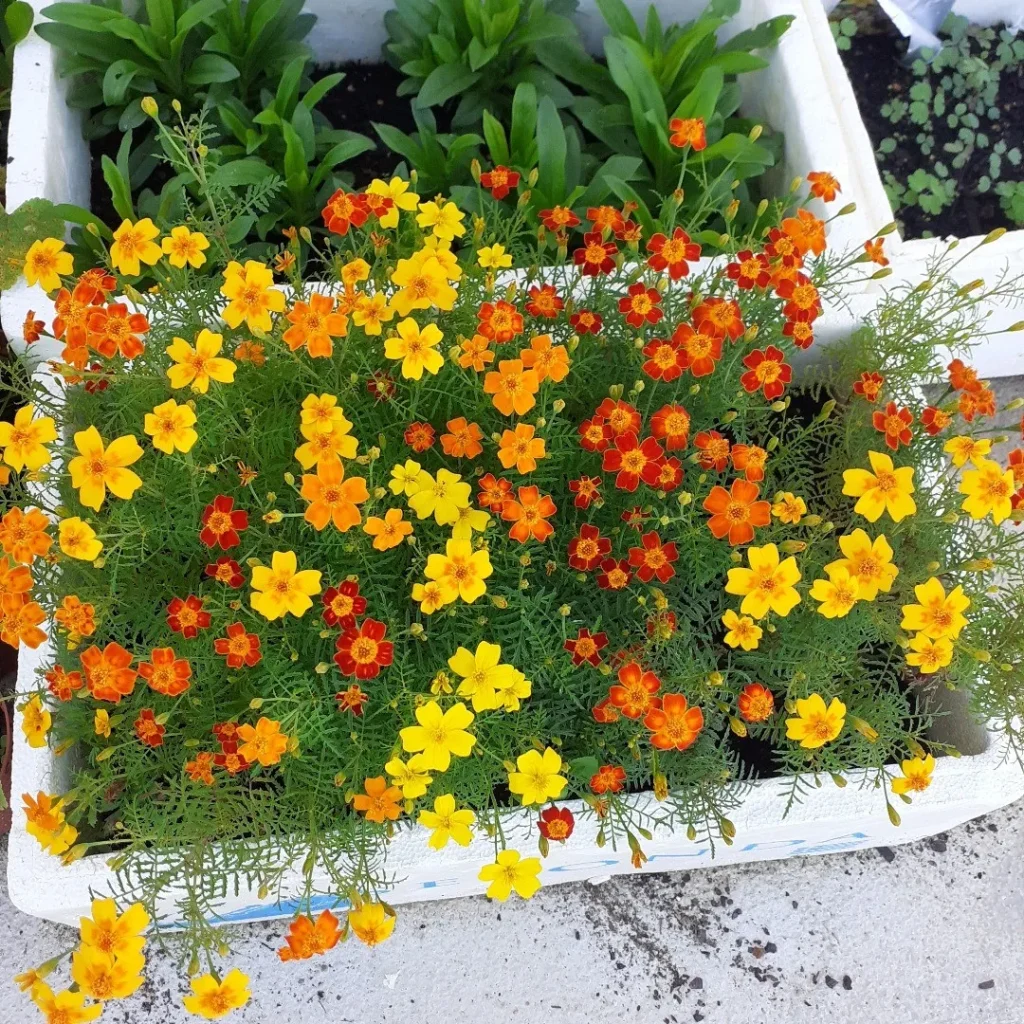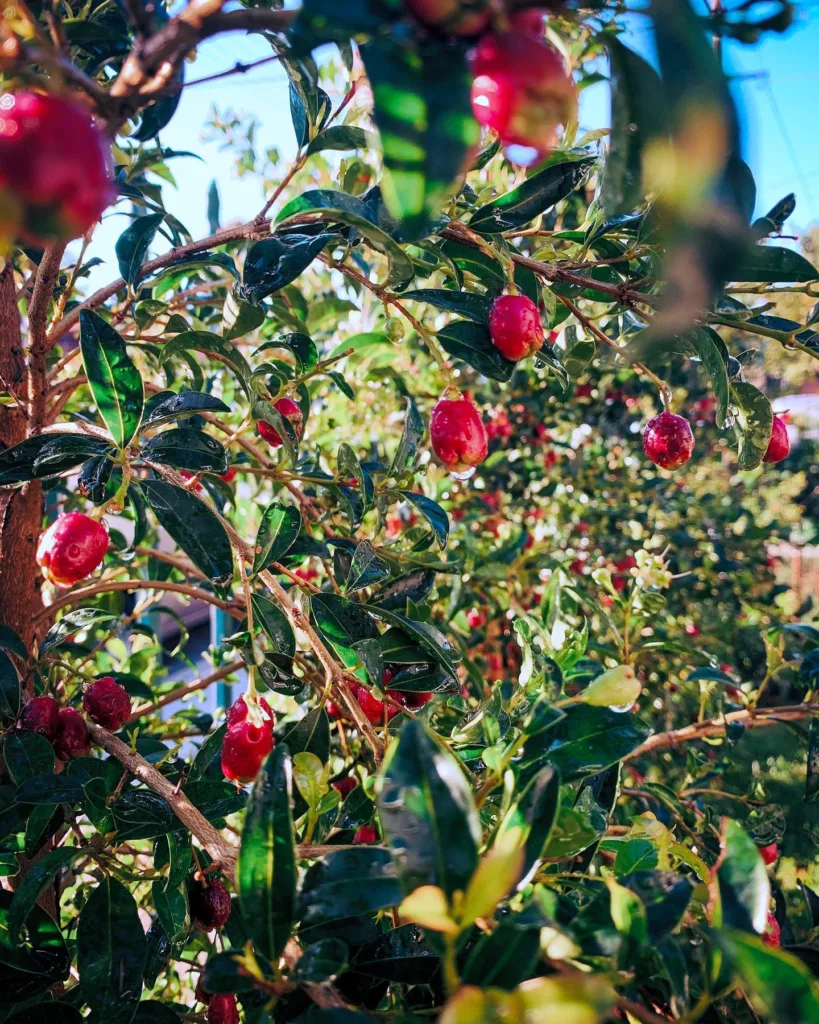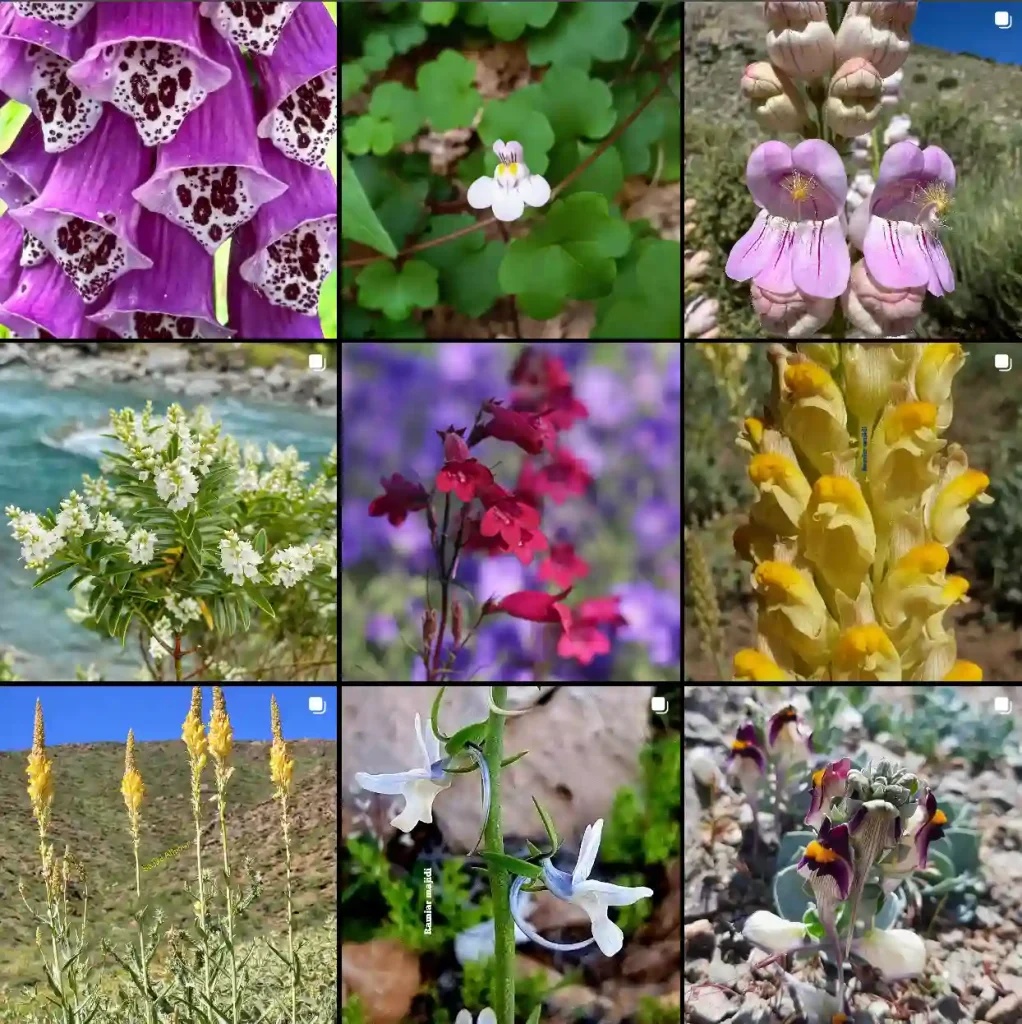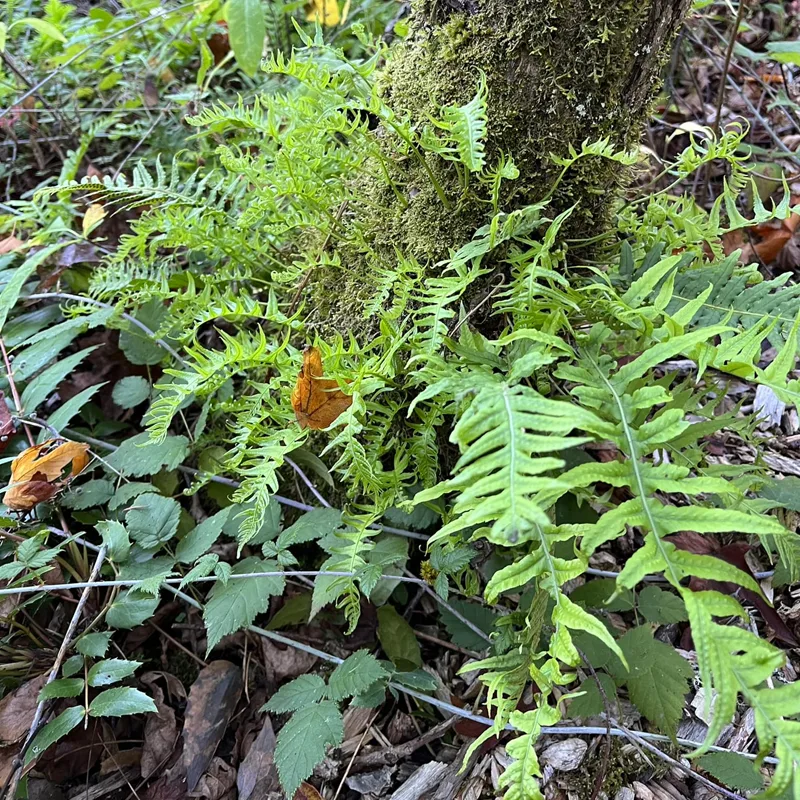FAQs About Majestic Beauty Rhaphiolepis
I’ve been growing Majestic Beauty Rhaphiolepis for a while now, and I often get questions about this stunning shrub. If you’re considering adding it to your garden or just curious, I hope this FAQ helps clarify some of the common queries.
12 Species in Genus Rhaphiolepis
What is Majestic Beauty Rhaphiolepis?
Majestic Beauty Rhaphiolepis or Rhaphiolepis x Montic, often known as the Majestic Beauty Indian Hawthorn, is an evergreen shrub that offers year-round appeal. With its glossy, dark green leaves and clusters of pink to white flowers, it makes a fantastic addition to any garden. It’s known for its compact size and neat, rounded shape, making it ideal for small spaces or as a hedge.
How to Care for Majestic Beauty Rhaphiolepis?
Caring for Majestic Beauty Rhaphiolepis is relatively straightforward, which is great news for both beginners and seasoned gardeners.
- Light: This shrub thrives in full sun to partial shade. Ideally, it should get at least 6 hours of sunlight daily to encourage the best blooming and foliage.
- Watering: Majestic Beauty is drought-tolerant once established. Regular watering is necessary during the first year to help it establish a strong root system. After that, it can survive on rainfall alone, though occasional watering during prolonged dry spells will keep it looking its best.
- Soil: It prefers well-drained soil. While it’s adaptable to various soil types, good drainage is crucial to prevent root rot.
- Fertilization: I use a balanced, slow-release fertilizer in the spring to promote healthy growth and blooming. Avoid over-fertilizing as it can lead to excessive foliage growth at the expense of flowers.
- Pruning: Light pruning after flowering helps maintain its shape and encourages dense growth. Remove any dead or damaged branches to keep the shrub looking neat.
How to Propagate Majestic Beauty Rhaphiolepis?
Propagation of Majestic Beauty Rhaphiolepis can be done through several methods:
- Cuttings: Take semi-hardwood cuttings in late summer. Use a rooting hormone and plant them in a well-draining potting mix. Keep them moist and in a shaded area until roots develop.
- Seeds: Although less common, seeds can be collected and sown in a seed-starting mix. Be patient, as germination can take several weeks.
- Layering: This method involves bending a branch to the ground and covering it with soil. Once roots form, you can separate the new plant from the parent.
What to Plant with Majestic Beauty Rhaphiolepis?
Majestic Beauty Rhaphiolepis pairs well with various plants. Here are some great companions:
- Lavender: The silver foliage and purple flowers of lavender contrast beautifully with the green leaves of the Rhaphiolepis.
- Salvia: With its spikes of bright flowers, salvia adds a burst of color and complements the Rhaphiolepis’s blooms.
- Ornamental Grasses: Grasses like Fountain Grass or Blue Fescue add texture and movement, enhancing the shrub’s visual interest.
- Succulents: For a low-maintenance combination, planting succulents around the Rhaphiolepis can create a striking contrast with their different textures and colors.
Is Majestic Beauty Rhaphiolepis Toxic?
One of the benefits of Majestic Beauty Rhaphiolepis is that it is non-toxic to pets and children. Unlike some ornamental plants, it won’t pose a danger if accidentally ingested. This makes it a safe choice for family gardens where curious kids or pets might be around.
Benefits of Majestic Beauty Rhaphiolepis
- Low Maintenance: Once established, it requires minimal care, making it ideal for busy gardeners or those who prefer low-maintenance plants.
- Evergreen Foliage: It retains its attractive foliage year-round, providing consistent beauty throughout the seasons.
- Attractive Blooms: The shrub’s pink to white flowers provide a burst of color in late winter to early spring, brightening up your garden when many other plants are still dormant.
Common Problems with Majestic Beauty Rhaphiolepis
While Majestic Beauty Rhaphiolepis is generally robust, a few issues might arise:
- Pests: Watch out for aphids and spider mites, which can occasionally affect the shrub. Regular inspections and appropriate treatments can manage these pests.
- Diseases: Root rot can occur if the shrub is planted in poorly drained soil. Ensuring good drainage and avoiding overwatering can prevent this issue.
- Leaf Spot: Fungal leaf spots may appear, especially in humid conditions. Improving air circulation and removing affected leaves can help control this problem.
Comparing Majestic Beauty Rhaphiolepis with Similar Plants
If you’re considering other shrubs for a similar look, here are some comparisons:
- Indian Hawthorn (Rhaphiolepis indica): While similar in appearance, the Majestic Beauty variety is often preferred for its more compact size and superior flower quality.
- Cleyera (Cleyera japonica): Cleyera offers a similar glossy foliage but has larger leaves and requires more frequent pruning to maintain its shape.
- Boxwood (Buxus spp.): Boxwood provides a similar rounded shape but lacks the colorful blooms of Rhaphiolepis. It also needs more frequent pruning to maintain its dense appearance.
In summary, Majestic Beauty Rhaphiolepis is a fantastic choice for adding year-round beauty to your garden with minimal fuss. Its resilience, attractive foliage, and non-toxic nature make it a great addition to a variety of garden styles.
If i die, water my plants!



